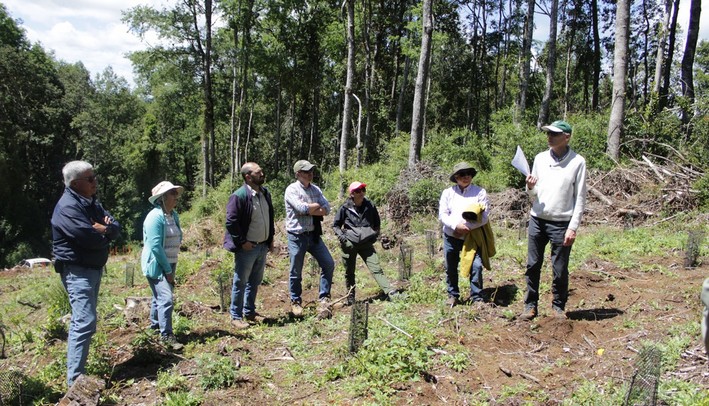Scientists Discover Unique Wood That Could Be Key in the Fight Against Climate Change
- Tulip trees and Chinese tulip trees, belonging to the genus Liriodendron, have been found to possess a unique macrofibril structure that does not fit traditional hardwood or softwood categories.
A team of researchers has identified two tree species whose wood has an exceptional cellular structure, enabling them to capture and store carbon dioxide more effectively than other known species. This discovery, led by Jan Łyczakowski and published in the journal New Phytologist, could have significant implications for mitigating global warming.
Tulip trees and Chinese tulip trees, belonging to the genus Liriodendron, have been found to possess a unique macrofibril structure that does not fit traditional hardwood or softwood categories. "We show that 'liriodendrons' have an intermediate macrofibril structure that is significantly different from softwood or hardwood structure," explains Łyczakowski.
The study, conducted in collaboration with the University of Cambridge Botanic Garden, examined the wood structure of 33 tree species at a microscopic level. In addition to Liriodendron, a family of gymnosperms with unusual hardwood characteristics for their group was discovered.
These findings suggest that the wood structure of these species may have evolved as an adaptation to retain more carbon, particularly during historical periods of reduced atmospheric CO2. "An enlarged macrofibril structure may be an adaptation to more easily retain larger amounts of carbon," the study notes.
The significance of this discovery lies in the potential of these species to contribute to carbon capture efforts. The secondary cell walls of plants are the largest carbon reservoir in the biosphere, and understanding their diversity is crucial for improving carbon sequestration strategies.
Scientists hope this knowledge can be used to develop new afforestation techniques and forest ecosystem management approaches that maximize carbon capture, thereby helping combat climate change.
This discovery not only highlights the natural beauty of tulip trees, known for their stunning flowers, but also positions them as a species of great value in environmental conservation and the fight against global warming.

















